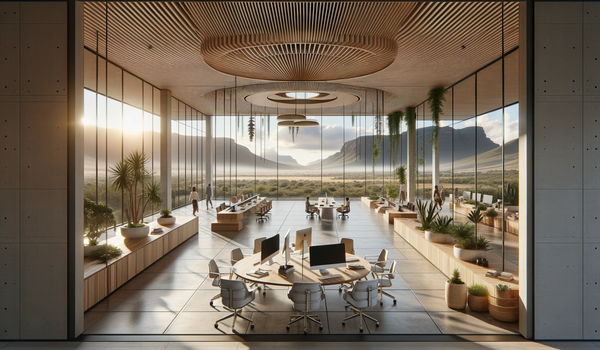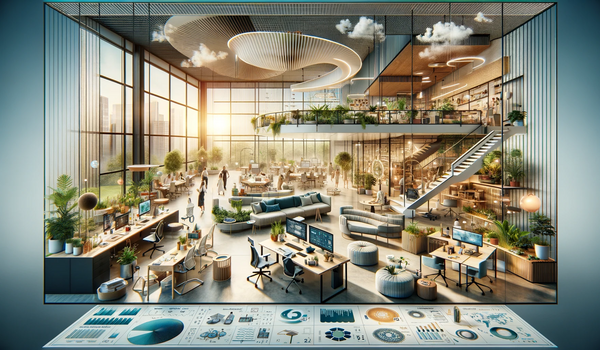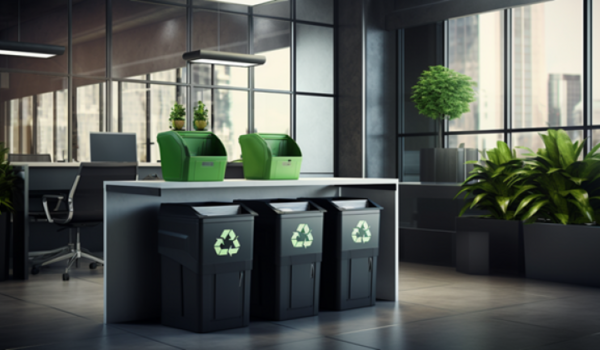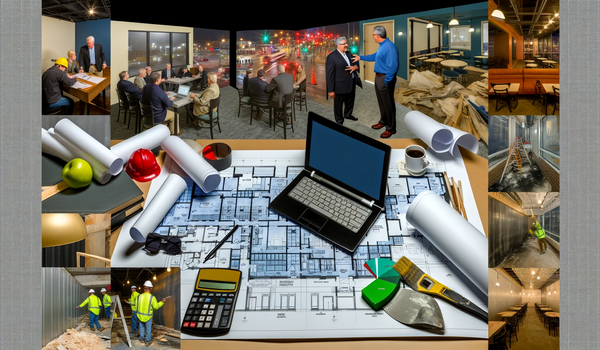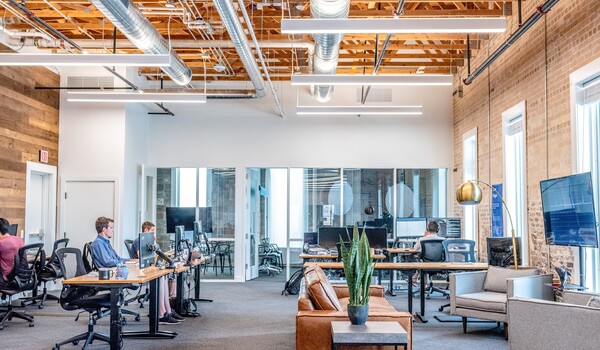
ADJUSTING EXPECTATIONS AT THE WORKPLACE DURING A PANDEMIC
Coping with the "new normal" - work environment in remote working.
September 2021
As the global pandemic began, companies suddenly found themselves in the middle of a massive global experiment. This uncovered many questions around the workplace, such as:
- Is a physical office still worth the investment?
- Are our employees able to work remotely?
- If so, what do our employees need?
Answering these questions has uncovered new insights into what people need to excel in their jobs, whether it is a quiet space to focus or a collaborative space where teams can meet. Employees are now looking toward their organizations to create a substantially better work experience than before the pandemic.
As the pandemic has stretched on, it has become apparent that working from home does not suit everyone and there is no single ideal solution for each organization.
Following the onslaught of COVID-19, organisations now have valuable insight and can develop new workplace strategies that meet the changing needs and demands of their employees.
It's fair to say that the office environment may never be seen the same again. As the world tries to get back to something resembling normality, many employees now prefer the flexibility of working remotely with minimal office attendance. Travel time is reduced and people have more time to tend to domestic needs. On the other hand - many employees enjoy an office environment, with valuable daily interaction amongst their colleagues and access to services.
A 2021 Global survey conducted by Steelcase, "Global Report: Changing Expectations and the Future of Work" reported that productivity diminishes when people are dissatisfied with their work-from-home experience. The results of the study showed that in the 10 countries surveyed, it was commonly established that a significant benefit to remote working was reduced time spent commuting to the office.
On the flip side of this, a significant challenge to working remotely includes a sense of isolation. Another massive challenge to working remotely is access to services, such as a stable internet connection, uninterrupted power connectivity, and physical space limitations.
Share insight:
